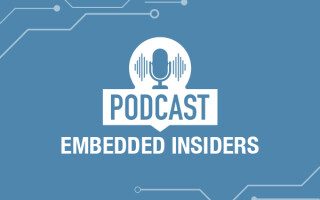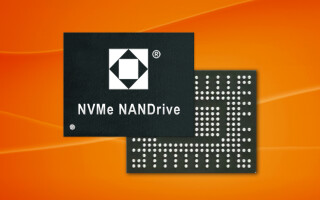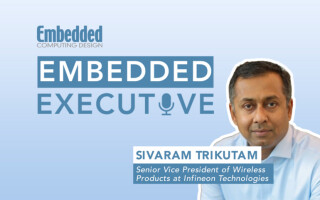Get 3X Traditional Performance With Bluetooth LE Audio
June 04, 2025
Sponsored Blog

Bluetooth® has found its way into far more applications than anyone could have imagined when the spec was first introduced, decades ago. To be fair, the specification has evolved with higher range, more bandwidth, and with less power consumption than what was originally possible, paving the way for all these new and cool applications.
To that end, one application that’s taking off thanks to the latest Bluetooth® Low Energy (LE) standard is audio, known as LE Audio. The team at Infineon has been busy with this one. After extensive validation of range and throughput performance using our CYW20829 Bluetooth® kits, we were able to demonstrate how this next-gen solution stacks up when it comes to the new LE Audio standard—and how it leaves Classic Audio in the dust.
If you’ve used wireless earbuds or headsets in the past, chances are they were built on Bluetooth® Classic Audio. That legacy approach, while groundbreaking in its time, has reached its limits, especially with the growing demand for longer battery life, greater range, and enhanced support for features like voice assistants and multi-stream audio.
From Classic to LE
Enter Bluetooth® LE Audio. It’s more than just a spec update; it’s a redesign built from the ground up to meet modern expectations. With a new audio architecture and the LC3 codec at its core, LE Audio delivers significantly better audio quality at a lower bit rate compared to subband coding (SBC), the codec used in Classic Audio. That means extended battery life, higher efficiency, and clearer sound across a broader range.
Our CYW20829 has already proven itself in range and throughput trials. Naturally, LE Audio was the next testbed to showcase its full potential. Streaming audio is a demanding application, needing both a high data rate and a solid, long-range connection. The CYW20829 delivered on both fronts.
Pushing the Limits
For the test, we established a connection between a microphone and speaker and measured performance under real-world conditions using a frequency sweep to evaluate audio fidelity. The sweep allowed us to visualize the audio signal across the spectrum, providing a quantitative view of how well signal integrity was maintained, particularly at long range.
We expected solid performance. And what we got exceeded those expectations! Using a 2.4-GHz antenna and transmitting over LE2M PHY, the CYW20829 maintained an audio stream at distances up to 700 m, which is more than three times the estimated maximum of 212 m, based on theoretical link budgets (note that the LE 2M PHY uses the same transmit power as the LE 1M PHY; the only change is in the modulation of data in the PHY). In case you’re wondering, we set the RX sensitivity at -95 dBm for LE2M, and used a transmit power of 10 dBm, and an antenna gain of 2 dBi.
And to be fair, this result factors in real-world variables, including nearby RF traffic and structural interference. That said, the connection held strong, and the audio quality was consistent across the range. Just look at the spectrogram data: no audio drops, no major artifacts, just clean, uninterrupted sound, even at the edge of connectivity.
Engineered for the Next Generation of Devices
I want to be clear that we weren’t just putting together a “best-case technology demo.” What we built is proof of what’s possible when modern Bluetooth® architecture meets best-in-class RF design, namely the CYW20829.
Here at Infineon, we’re continuing to explore new frontiers with LE Audio and Bluetooth® innovation. And we’re far from done. There is lots more on tap for the CYW20829 platform.




